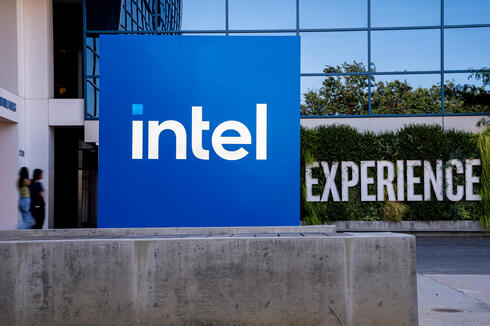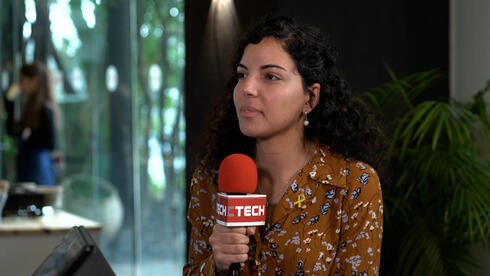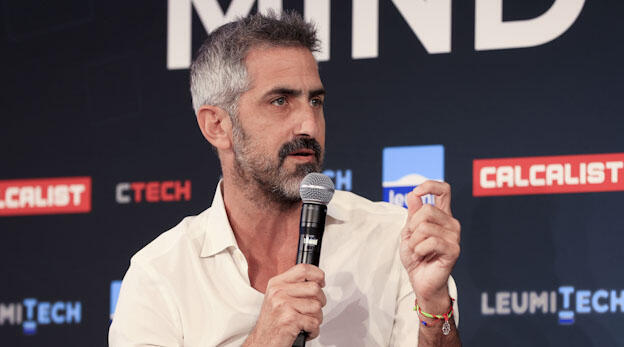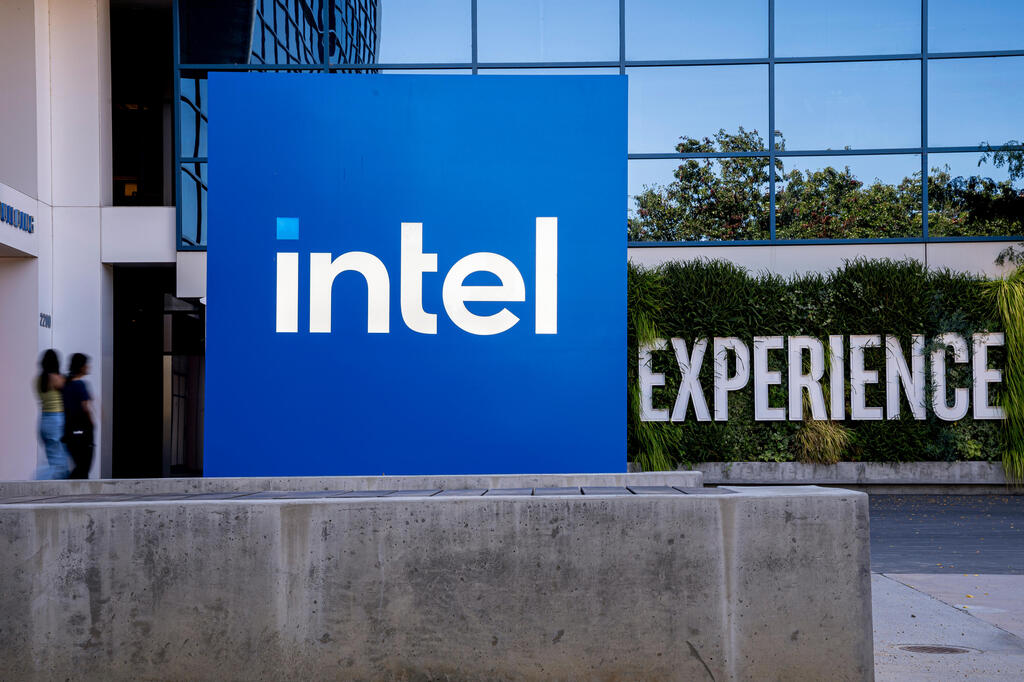
“The most important thing for Intel now is Lip-Bu Tan’s playbook”
Investors brace for earnings as the new CEO faces AI delays, China tariffs, and deep losses.
Intel’s quarterly earnings on Thursday will offer the clearest look yet at new CEO Lip-Bu Tan’s strategy for reviving the embattled American chipmaker—and investors are hoping for early signs that he can reverse years of strategic missteps.
The company is expected to post its fourth consecutive quarterly revenue decline.
Once the undisputed leader in global chipmaking, Intel has steadily lost ground to AMD in the personal computing and data center markets, while Nvidia has surged ahead in artificial intelligence.
Tan, who resigned from Intel’s board in August 2024 following disagreements over the company’s direction, took over as CEO in March.
“The most important thing for Intel now is Lip-Bu Tan’s playbook—how he can give investors confidence that he’s the person who can turn Intel around, and whether a turnaround is possible in the first place,” said Hendi Susanto, portfolio manager at Gabelli Funds, which holds Intel shares.
Tan has already started to flatten Intel’s management structure, with key chip divisions now reporting directly to him, Reuters reported last week. Streamlining operations is seen as a core part of his strategy to refocus Intel’s business and free up cash for its costly chip manufacturing efforts.
But Intel’s position in the booming AI sector remains uncertain. The company has pulled back its Falcon Shores graphics chips from the market and relegated them to internal testing—leaving it without a strong flagship product in AI. Earlier this month, Intel named networking chief Sachin Katti as chief technology officer and AI lead.
Trade war looms over Tan’s turnaround
Tan’s efforts are further complicated by rising geopolitical tensions and a growing U.S.-China trade war. While semiconductors have thus far avoided U.S. tariffs, President Donald Trump has signaled that new sector-specific tariffs could be announced within weeks.
China has already threatened retaliatory measures, with the state-backed China Semiconductor Industry Association warning of potential tariffs of 85% or more on U.S.-made chips.
China was Intel’s largest market in 2024, generating nearly one-third of its total revenue.
Still, analysts believe Intel may have benefited in the first quarter from PC manufacturers front-loading shipments in anticipation of tariffs. Global PC shipments rose 9.4% year-over-year, according to Canalys.
Intel could also mitigate some trade exposure by routing production through its non-U.S. fabs, such as its fabrication facility in Ireland, which handles a significant portion of its chip output.
Although Intel is one of the few major chipmakers that both designs and manufactures its processors, it still relies on Taiwan’s TSMC for some advanced chips—potentially insulating parts of its supply chain from Chinese tariffs.
Tan has said he remains “equally focused” on Intel’s core chip products and its contract manufacturing unit—Intel Foundry—which was a central component of his predecessor Pat Gelsinger’s strategy. So far, the foundry business has cost Intel billions, with limited returns.
Intel’s PC unit is expected to report an 11% revenue drop to $6.73 billion for the March quarter, while its data center division is set for its twelfth straight decline, down 1%.
Overall, revenue is forecast to fall 3.4% in the quarter, according to LSEG estimates. The company’s net loss is expected to widen to $945 million, compared with $381 million a year ago.














